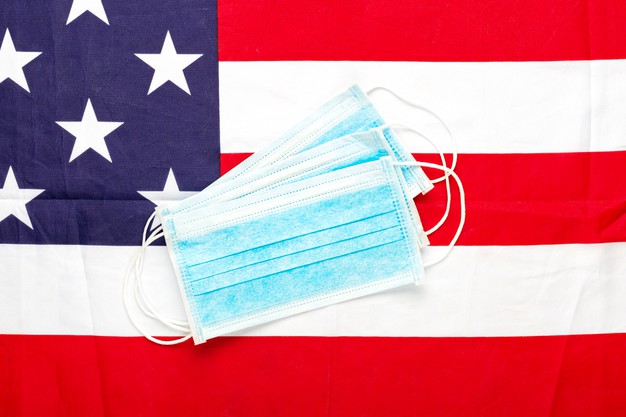
Private insurance companies are expecting to pay out $2.1 billion in rebates to consumers this fall, the second-highest amount ever issued under the Affordable Care Act, according to KFF analysis.
- Expansion of Obamacare: Among the proposals in President Joe Biden’s recently announced American Families Plan is an indefinite extension of the expanded Obamacare subsidies originally passed in March as part of the administration’s $1.9 trillion COVID relief plan and private insurance companies are also expected to mete out $2.1 billion in rebates to more than 10.7 million policyholders this fall. For the average consumer who bought health insurance on the individual market, that means an average cash rebate of $299.
- Rebates through ACA during a pandemic: These rebates are coming through because a number of insurance companies failed to meet the ACA’s medical loss ratio threshold in 2020, which requires insurers to spend at least 80% of premium revenues on health care claims or quality improvement activities. That sum of $2.1 Billion will be the second-highest amount ever issued under the Affordable Care Act (ACA) after last year’s record-breaking $2.5 billion in refunds.
- Pandemic intervened in Companies’ loss: Last year, some companies fell short of their threshold as health spending and utilization dipped during the pandemic. This happened in part because providers canceled elective procedures and consumers opted to forgo routine care to avoid potential exposure at a doctor’s office. But everyone continued to pay their premiums, resulting in higher levels of profits for the insurance companies who had set their rates well before the pandemic hit.
- Eligibility for procurement: On the individual market, insurers can either issue the rebates in the form of a premium credit or a check payment. For those who have employer coverage, the rebate may be shared between the employer and the employee. And in situations where the refund is considered exceptionally small ($5 for individuals and $20 for group rebates), the insurer isn’t required to process the rebate, since the administrative effort may cost more than the discount itself.
- Calculations: The rebates are calculated based on the share of premium revenues that insurance companies put toward health care expenses and quality improvement. Insurance companies use a three-year average to come up with their rebate figures, meaning this year’s number isn’t solely influenced by the pandemic. In fact, a significant portion of this year’s rebates is being driven in large part by the big profits insurers saw in 2018 and 2019.


